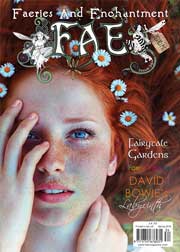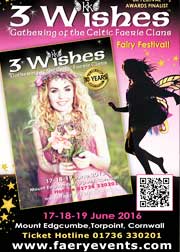Mexican Fairies?
I teach in Spanish and English to migrant students (young adults, mostly) who are getting ready to take the GED. I've learned about a lot more than language in the last year and a half. We were talking about the concept of fairies the other day—or rather, I was, because my Mexican/Dominican/Guatemalan/Ecuadorian students had never heard about the concept before. In Northern European folklore, there are small magical folk who might help good people (children, specifically) with their chores and might make it very difficult for bad people to get their work done. Is there anything similar in Mexican folklore? I thought maybe with the Mayan/Aztec influence, there might be something like fairies.
–La Maestra
Dear Gabacha Teacher: Mexican folklore is vast, varies by region and is dependent a bit too much on the Devil and wailing women, but fairies and other non-midget phantasmagorical little people do enchant the Mexican mind. In the 1932 classic The Magic and Mysteries of Mexico: Arcane Secrets and Occult Lore of the Ancient Mexicans and Maya, famed folklorist Lewis Spence noted in hilariously antiquated fashion, “The fairy and her kind were as familiar to the Red man as to the White, for the excellent reason that throughout all his geographical ventures and peregrinations, man has always been accompanied by these invisible playmates as well as by his gods and other more exalted tribal patrons.” He identifies two types: the Tepictoton (who helped farmers with their crops when causing desmadre) and the Cihuateteo, dead women who cast diseases on children. “Like the fairies of Europe,” Spence writes, “they were associated with the moon, and an examination of their pranks throws a strong comparative light upon European fairyhood.” Not only that, but Mexico also believes in the world's greatest sprite: Juan Gabriel, the bronze contemporary to Elton John but with better hair, tunes and moves. ¡Al Noa Noa, JuanG






 Del.icio.us
Del.icio.us



